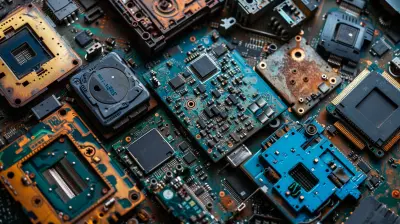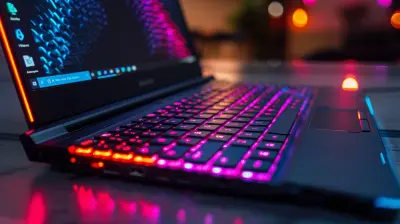Robotics in Education: How Robots Are Changing the Classroom
21 July 2025
Technology has always had a massive influence on education—remember when the biggest leap was getting a projector in the classroom? Fast-forward to today, and we’re talking about robots sitting beside students, helping them learn algebra, or even assisting teachers with grading. Yep, robots in the classroom aren’t science fiction anymore. They're very real—and they're changing the game!
In this article, we’re diving deep into how robotics is reshaping education. Whether you're a teacher, student, parent, or just tech-curious, this is a trend you’ll want to keep an eye on.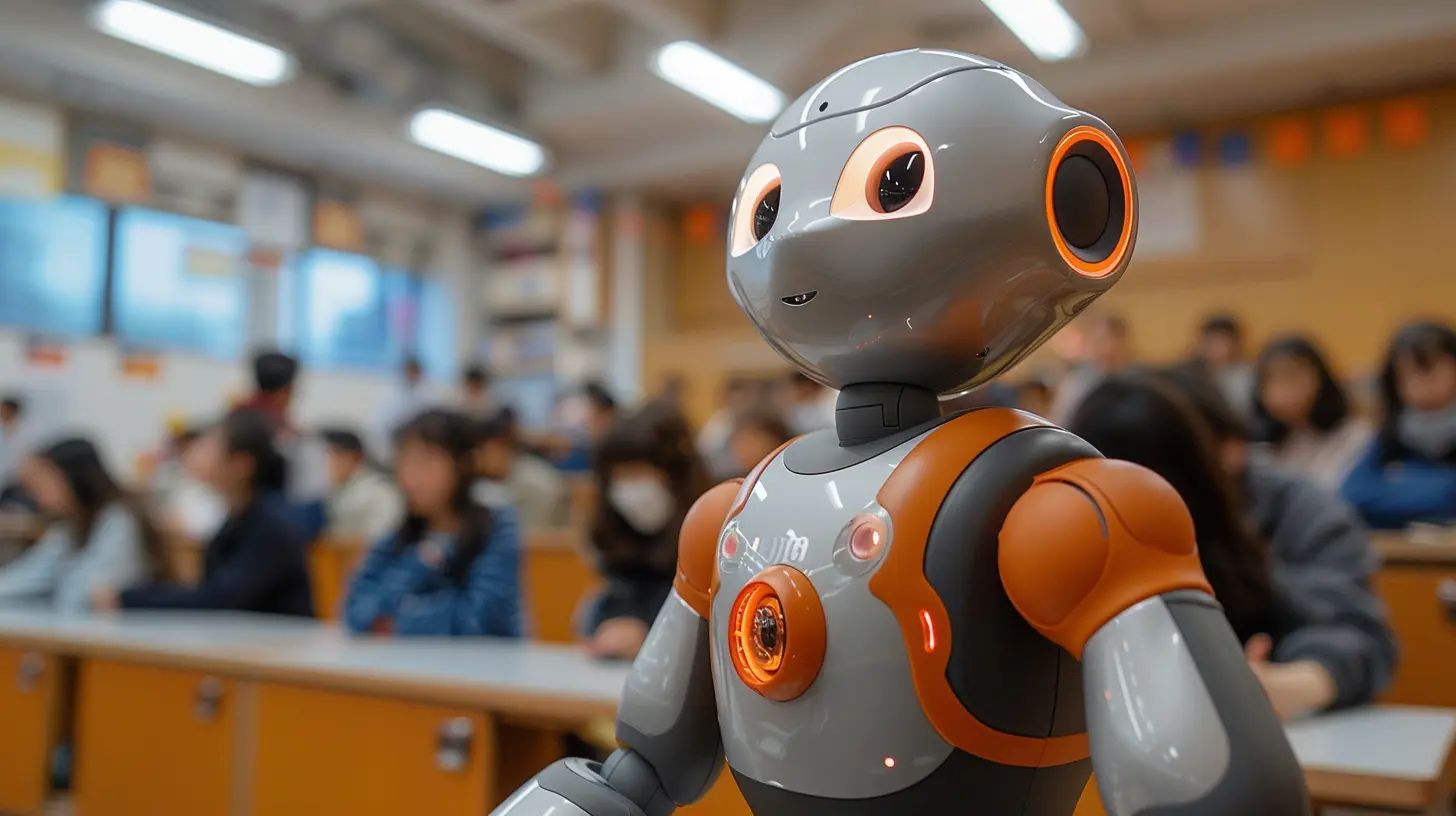
What’s the Big Deal With Robots in Schools?
You might be thinking, “Wait… robots? In schools? Isn’t that overkill?” Not even close.Robots are becoming powerful educational tools. Not just because they’re cool (and come on, they are), but because they actually help students understand complex subjects like programming, math, and science in a hands-on, engaging way.
Think of it this way: would you rather read about how gears work, or build a robot that uses gears right in front of you? Exactly.
Robotics brings abstract concepts to life. It's tactile, interactive, and—most importantly—fun. And when learning is fun, it sticks.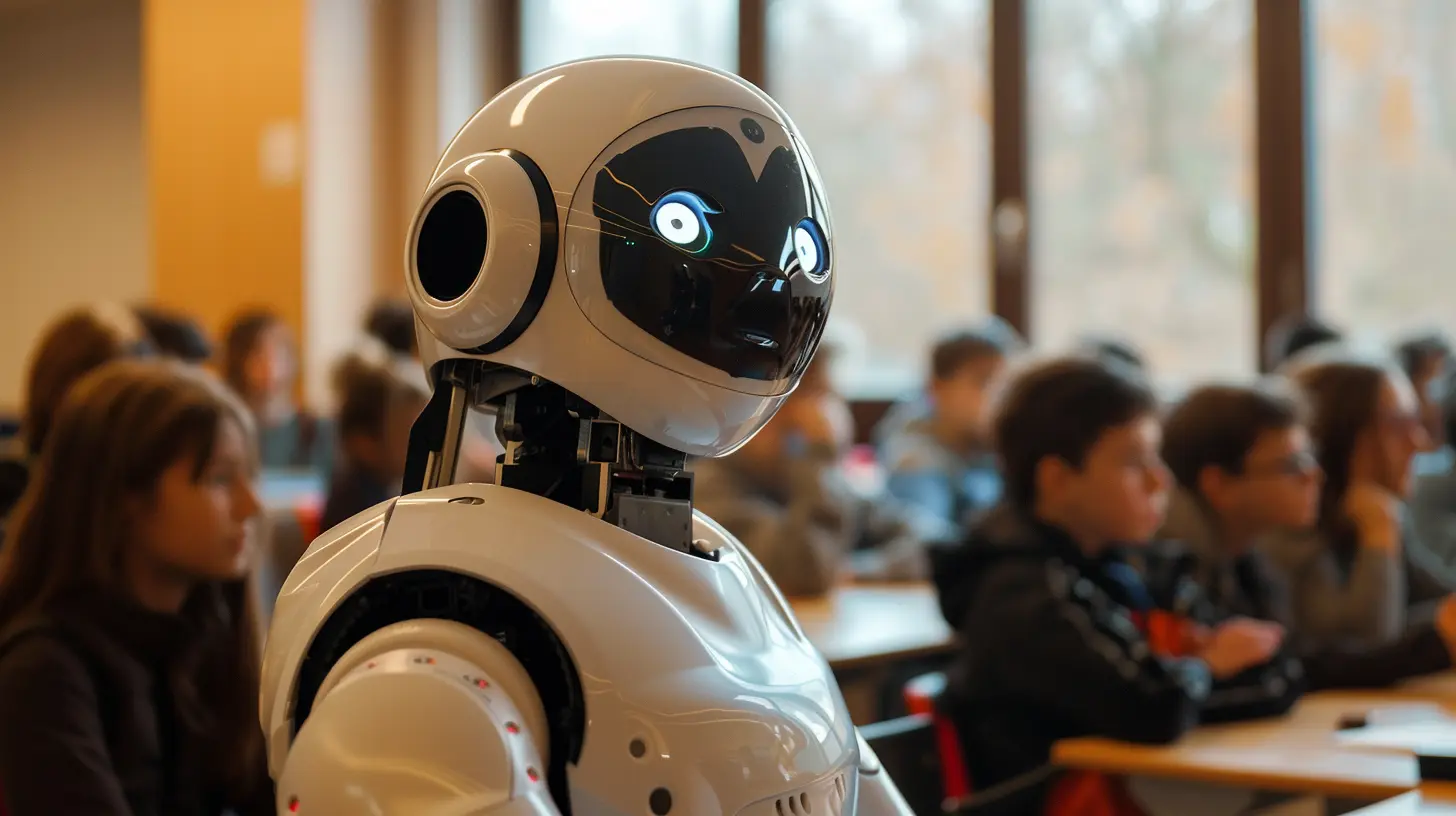
A Quick Peek at Where Robots Fit in the Classroom
Robots aren't just one-size-fits-all machines doing the same job. They're being used in lots of clever ways:- Teaching coding and STEM skills
- Helping students with special needs
- Encouraging teamwork and collaboration
- Creating personalized learning experiences
- Supporting teachers with administrative tasks
Let’s break these down.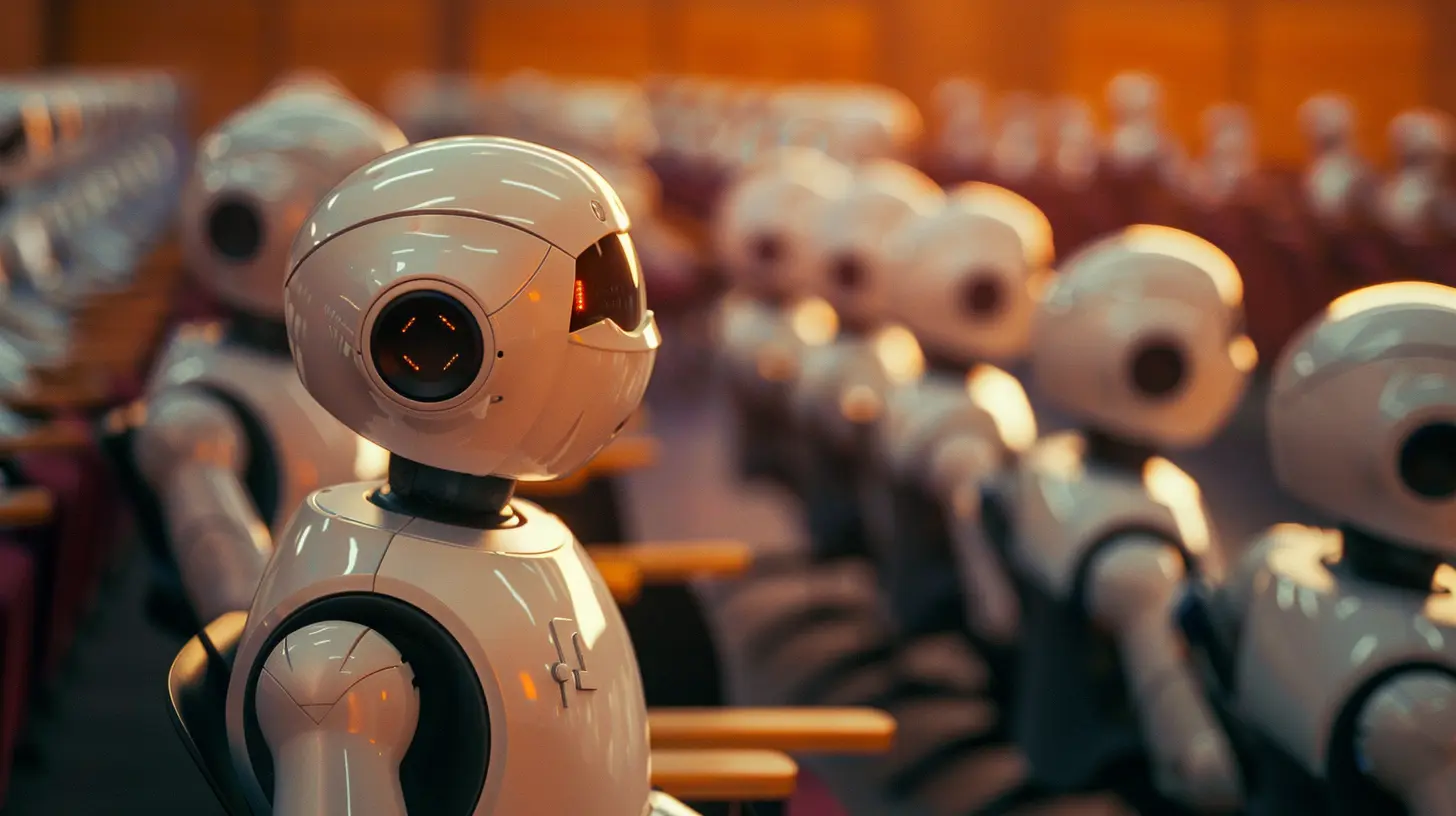
Teaching Coding and STEM
If there's one area where robots are killing it (not literally), it's in teaching STEM—science, technology, engineering, and math.Why? Because you can code a robot to dance, follow a maze, or solve a puzzle. Suddenly, coding isn’t just lines on a screen—it’s alive.
Real-World Example? Meet LEGO Mindstorms
With LEGO Mindstorms, kids can snap together a robot and use drag-and-drop coding to make it do things. It's problem-solving in action, with immediate results.This is way more engaging than textbook exercises. Plus, it builds logical thinking, creativity, and perseverance—all while having a blast.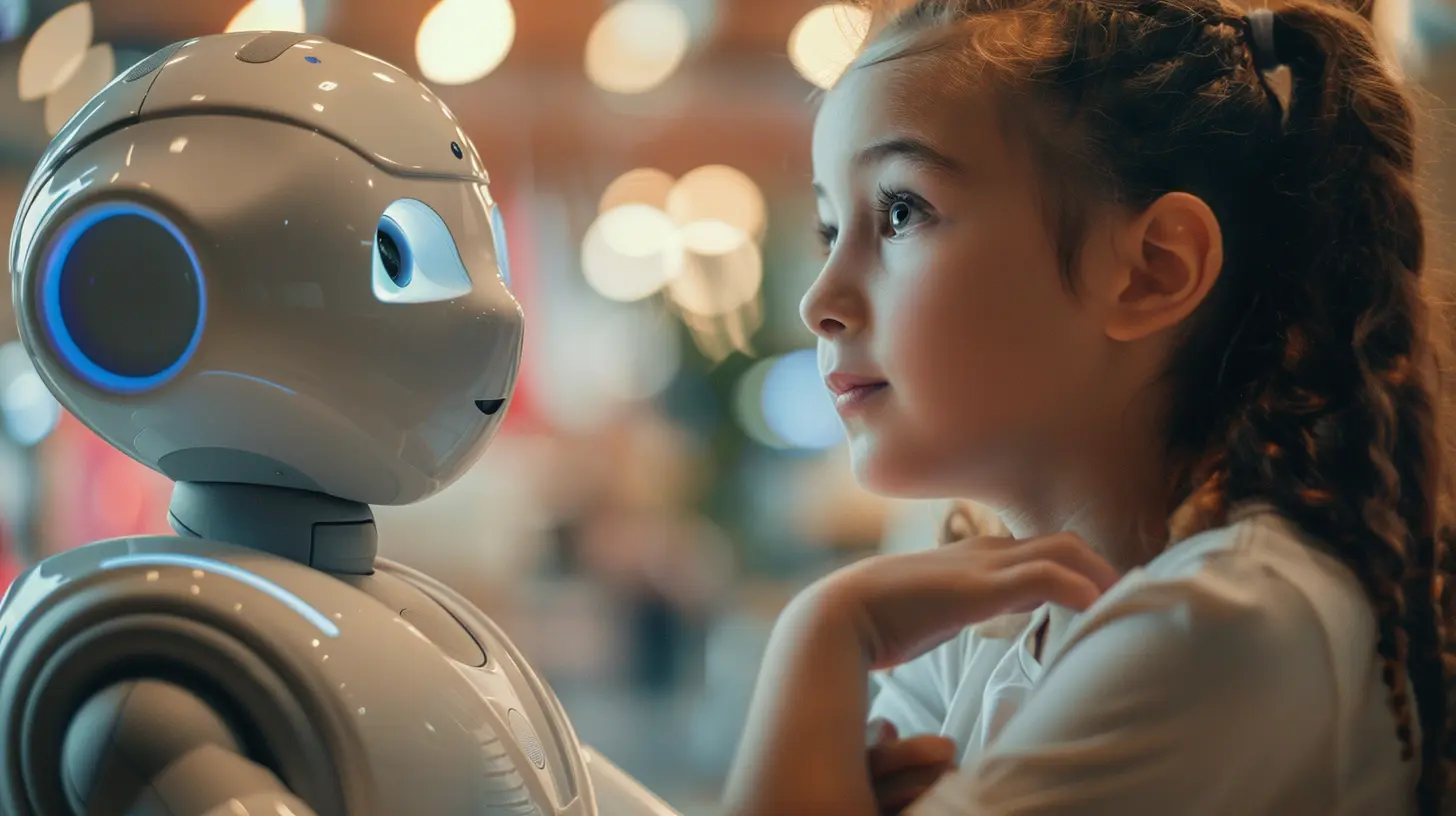
Robotics for Students With Special Needs
Robots aren't just for techy genius kids in STEM club. They're also transforming how we support students with learning challenges.Social Robots to the Rescue
Enter “social robots." These are designed to interact with students in friendly, predictable, and non-judgmental ways. Kids on the autism spectrum, for example, often respond well to these bots because they offer a social bridge that feels safe and manageable.Take NAO, a humanoid robot used around the world. It can help non-verbal children communicate, recognize emotions, and practice social cues—all without any fear of being judged.
It’s like having a super patient, endlessly supportive buddy.
Teamwork Makes the Dream Work
When students build or program robots in groups, they learn way more than code.They learn to:
- Communicate clearly
- Listen actively
- Share responsibilities
- Solve problems together
Imagine a group of teens trying to get their robot to climb stairs. There's trial and error, shouting, laughter, strategy—and ultimately, teamwork. No app can simulate that kind of group dynamic.
Personalized Learning: Your Robot Tutor Awaits
Robots can also adapt to a student's pace and preferences. Slow learner? Quick thinker? No problem.Some AI-driven bots are designed to be tutors that actually adjust their responses based on how the student is doing. They can rephrase questions, offer hints, or slow down if someone's struggling.
This kind of tech ensures no one slips through the cracks. Every kid gets what they need, when they need it.
Teachers, Meet Your New Sidekick
Let’s not forget the unsung heroes in all of this—teachers. Robotics can seriously lighten their workload.Grading and Feedback Done Smarter
Robots and AI programs can help grade assignments, track progress, and dish out instant feedback. That way, teachers can focus on what they do best—teaching and connecting with students.Plus, robots can assist in classroom management, like keeping students on task in group work or even helping hand out materials.
No, they’re not replacing teachers (let's squash that rumor right now). They’re making teachers’ lives easier.
Are Kids Actually Learning Better with Robots?
Short answer? Yes, a resounding yes.Studies show that robotics can boost:
- Engagement
- Knowledge retention
- Critical thinking
- Creativity
Why? Because robotics turns learning into an experience, not just a chore.
You know how some people learn better by doing instead of reading? Well, robotics is that "doing" on steroids.
But What About the Cost?
Ah, the million-dollar question. (Well, hopefully not literally.)Sure, some robotics kits and programs can be pricey. But the good news is a growing number of affordable options are hitting the market. Schools are teaming up with nonprofits, robotics companies, and government grants to get this tech into classrooms without breaking the bank.
Even simple bots like Ozobots or Sphero robots can teach coding and problem-solving at a fraction of the cost.
And let’s be honest—investing in our kids’ future? Totally worth it.
Are Robots Replacing Teachers?
Let’s clear the air: robots are NOT replacing teachers.They’re tools. Super cool, high-tech tools, but still tools.
A robot can’t inspire a student the way a passionate teacher can. It won’t understand the subtle look on a struggling student’s face. It can’t adapt to the chaos (and magic) of a real classroom.
Robots are assistants. They enhance education. But the real heart of a classroom? That’s still the teacher.
The Future of Robotics in Education
We’re just scratching the surface.In the near future, we could see:
- Robotics in every subject, from literature to art
- Full-on robot tutors with emotional intelligence
- VR-integrated robots for immersive learning
- Home-based robotic learning assistants
As AI continues to evolve and robots get smarter, they'll play an even bigger role. One day, students might look back and say, “Wait, you learned without a robot? That’s wild.”
Final Thoughts: The Classroom Revolution is Here
Robots in education aren’t just a trend—they’re a revolution.They’re making learning more exciting, inclusive, and effective. They’re helping teachers be better teachers and students be better learners. From building bots to solving real-world problems, robotics is preparing kids for a future we can only begin to imagine.
So next time you hear the whirr of a robot’s gears in the classroom, don’t be surprised. That little machine is there to build something way bigger: the minds of the next generation.
all images in this post were generated using AI tools
Category:
RoboticsAuthor:

Pierre McCord
Discussion
rate this article
1 comments
Quentin Hensley
Great insights! Embracing robotics in education fosters creativity and critical thinking in students. It’s inspiring to see how these technologies can enhance learning experiences, making them more engaging and interactive. Excited to see where this innovation will take our classrooms next!
July 31, 2025 at 3:53 PM

Pierre McCord
Thank you! I'm glad you found the insights valuable. The potential of robotics to transform education is indeed exciting!
